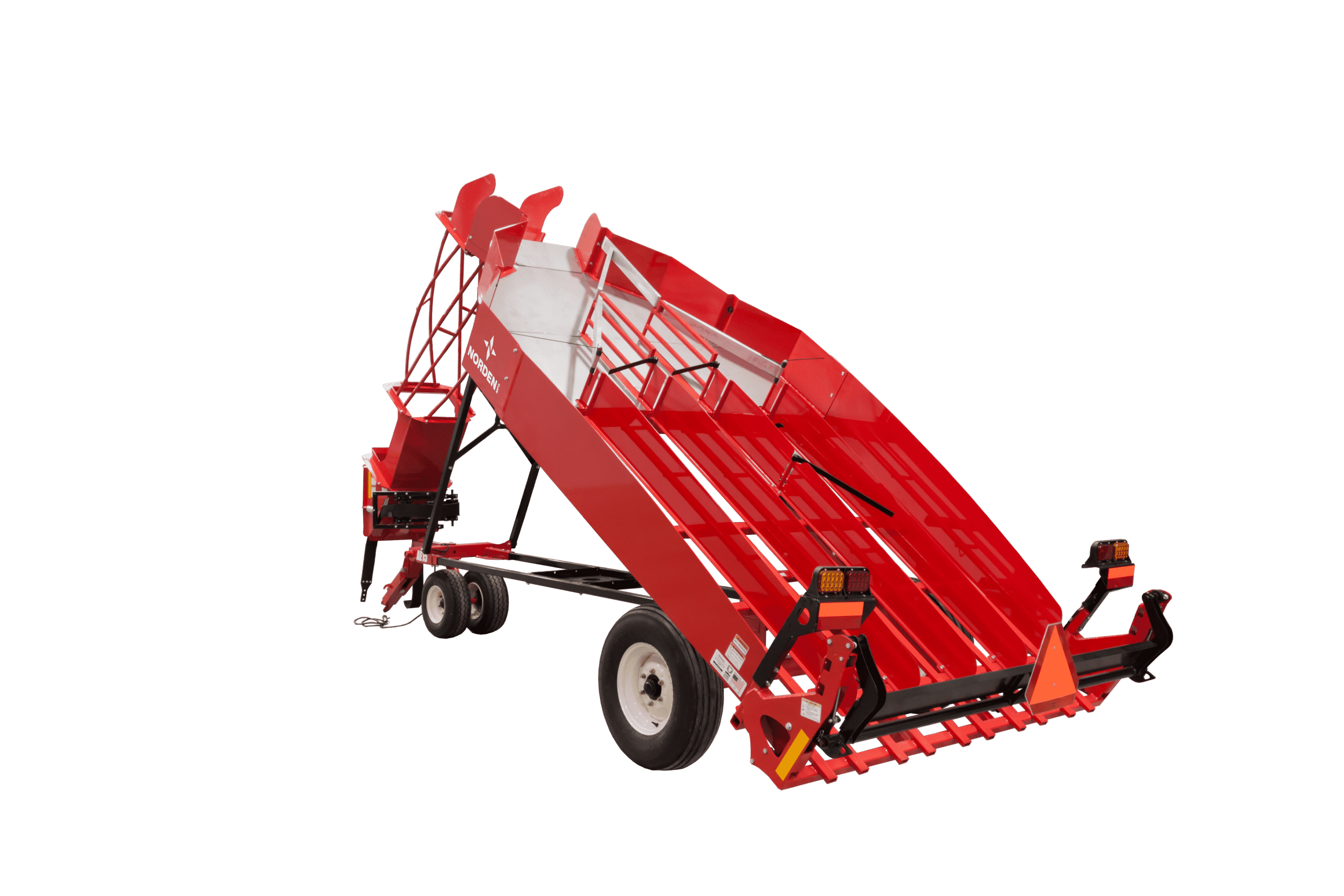

The evolution of hay production and packaging over the years has brought us to the era of 2-string small square bales. In the past, hay producers and customers were often the same person, and hay was produced on the same farm that used it. However, today, hay is mostly used by someone other than the producer and packaging is determined by the needs of the end user and the distance the hay needs to travel.
Most 2-string small square bales in North America are fed to horses, and high-quality horse hay is different from high-quality cow hay. Cow hay is about digestible relative feed value with high protein content, while horse hay is more about being cured properly and being mold-free. Proper curing is essential as horses can develop a disease known as heaves if they breathe mold dust into their lungs. The nutrient value of high-quality horse hay is more about the age, breed of horse, and its activity level. A good producer will educate themselves about and plant hay mixes suited for the soil type, weather, and the end user’s particular needs.
Hay baled, cured, and delivered in small square bales offers the most stable, controllable, and flexible package. A small square bale is much easier to manage in the horse barn than large rounds or large square bales. The hay producer that understands the needs of the horse hay customer will be able to build a growing business that is not dictated by the rise and fall of commodity prices.
The relationship between the hay producer and the customer of horse hay is key to everything. Hand touches between the producer and the customer could be upwards of seven times that hay has been handled.
- From the ground to a wagon
- Stacked on the wagon
- Off the wagon to the storage area
- Stacked in the storage area
- Unstacked from the storage to a truck for delivery
- Stacked on the truck
- Unstacked from the truck to the customer’s storage area
- Stacked in the new storage area
In conclusion, 2-string small square bales have become the most popular hay packaging for horses in North America. Proper curing and understanding the end user’s needs are essential for hay producers to build a successful business. Hay producers must also pay attention to the hand touches between the producer and the customer, as they play a significant role in ensuring customer satisfaction.

























